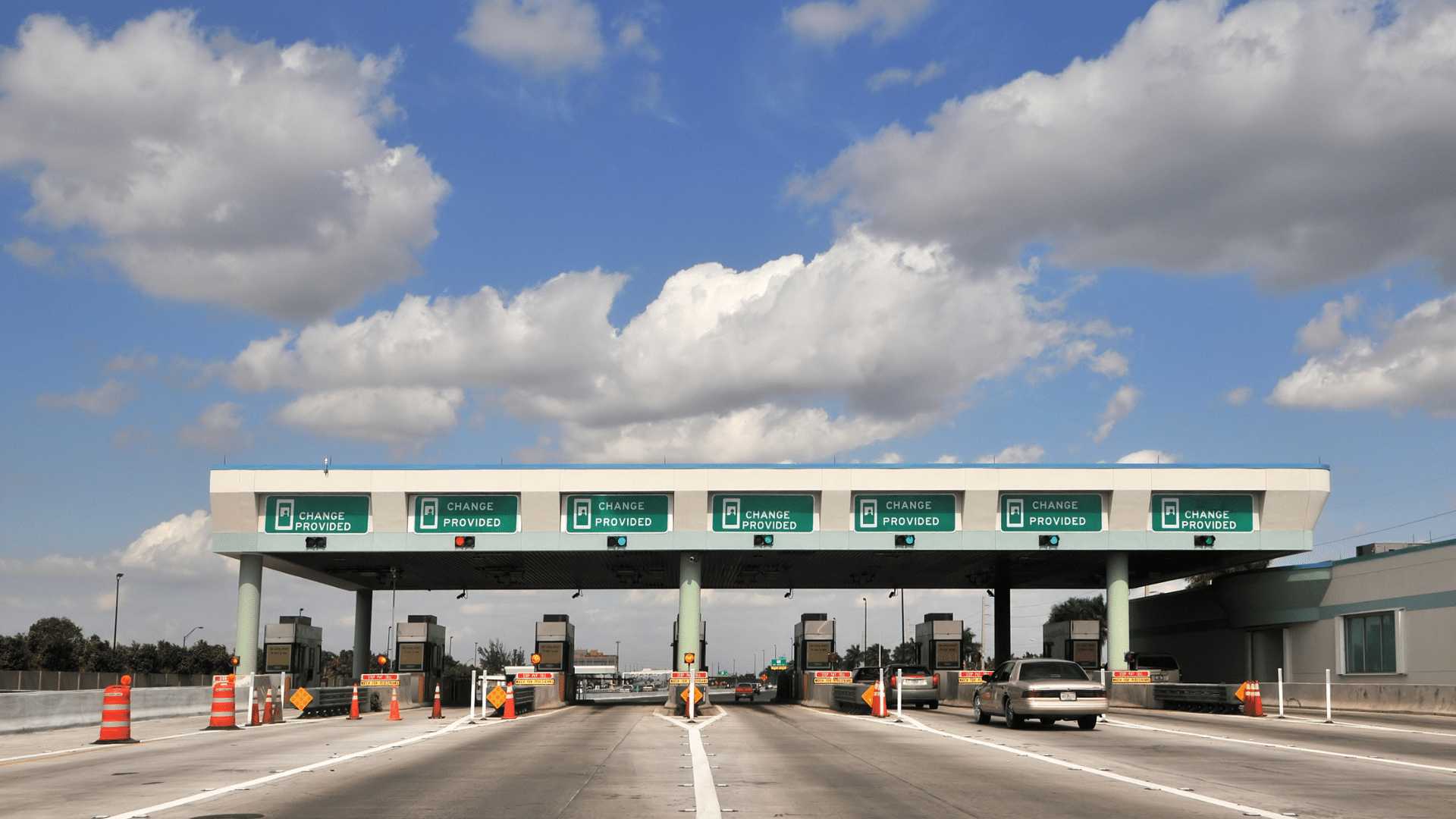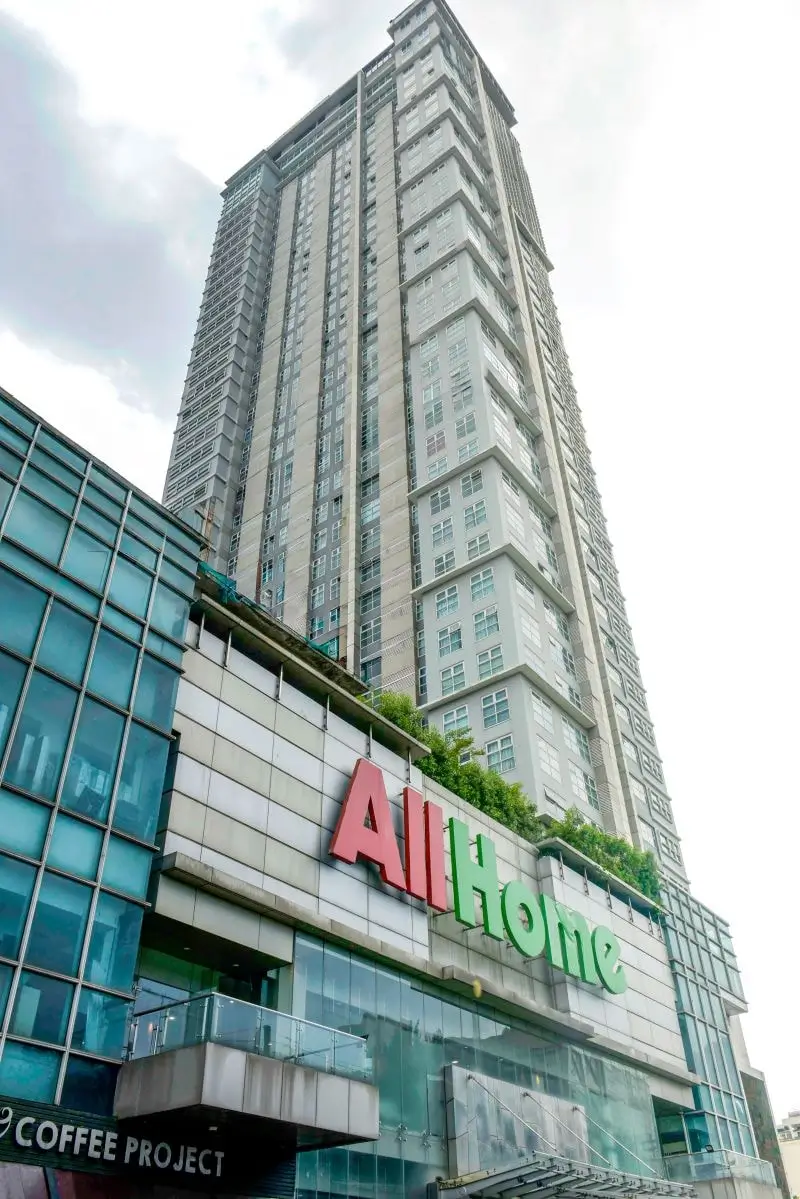Transportation has always been one of the essential aspects of our community. Through innovations that gave excellent access to transportation, it has been easier and easier for everyone to do their everyday errands. From personal and business trips, even if you spend some time away from the city, good transportation access is one of the most helpful things on your way.
To provide better and better services to the people, the government partnered with some of the biggest companies and investors in our country to provide public and private expressways to make traveling easier, faster, and more convenient. And this was all made more efficient by using some modern technologies specializing in Radio Frequency Identification or what is more commonly known to us as RFID.
What is a Radio Frequency Identification or RFID?
RFID (radio frequency identification) is a form of wireless communication used to uniquely identify an object, animal, or person by incorporating electromagnetic or electrostatic coupling in the radio frequency portion of the electromagnetic spectrum.
How does RFID work?
Every RFID System consists of three components: a transceiver, a transponder, and a scanning antenna.
A combined scanning antenna and the transceiver are an RFID reader or interrogator. This is a network-connected device that can be portable or permanently attached. It transmits signals through radio waves and activates the tag. Once the tag is activated, it sends a wave back to the antenna that will be translated into data.
The transponder is in the RFID tag itself. These RFID tags' read range varies based on factors including the type of the tag, type of the reader, RFID frequency, and interference in the surrounding environment or from other RFID tags and readers. A stronger power source also means having a longer read range for these tags.
How do these RFIDs work with the expressways?
Radio Frequency Identification (RFID) stickers from AutoSweep and Easytrip utilize electromagnetic fields to identify and track the vehicles with the sticker. The RFID device contains a radio transponder, radio receiver, and transmitter.
When the stickers are triggered by an RFID reader, like while passing through a tollgate, the sticker transmits digital data back to the reader and subtracts the payment without the physical intervention of the cashiers. This is how innovations made another leap of assistance for everyone, most especially limiting human intervention can aid in the mitigation of disease infections in some cases. So it is important that if you want to access a particular expressway, you must note which RFID it's registered to.
The Department of Transportation (DOTr) has seen this kind of cashless transaction. Through the help of the TRB (Toll Regulatory Board) is looking for ways to revolutionize the tollway system and regulate all toll roads to go cashless.
If you are still a little confused and want to know how to have the RFID installed and which one to use, you should know two tollway operators: the Auto sweep RFID and Easytrip RFID. Auto sweep RFID can be used at toll roads such as Skyway, SLEX, NAIAX, STAR Tollway, MCX, and TPLEX. On the other hand, Easytrip RFID can be used at NLEX, SCTEX, CAVITEX, and CALAX.
It wasn't very easy for us to have one RFID for all since our tollways weren't owned by just one of two major concessionaires. In the past, the Toll Regulatory Board (TRB) asked the tollways operators to have their own solution to provide an option for electronic toll collection (ETC), but it wasn't made mandatory until the current pandemic. But since it wasn't required by the TRB to be standard for all, these gave the operators the freedom to choose which supplier suits the best for their operation needs.
In the past, we can remember that SLEX and Skyway once offered the E-pass, an electronic toll collection box stuck to a car's windshield. There is also the EC-tag, similar to the E-Pass that NLEX used. Even though these options were great, they still have limitations and could only be read at a shorter distance than the current RFID systems.
Thanks to an upgrade to the current RFID system, these operators are now up to date. But they all purchased these systems from various vendors. As a result, separate sensors are needed to read and process the stickers at toll gates because the RFID tags are slightly different. Each operator uses extra software to process the data, record the transaction, and deduct the appropriate amount from the corresponding account.
Why can't we have one RFID for all?
Though it is really way, way, way efficient for all motorists to have one RFID for all, it does have a lot of consequences, especially when it comes to securing all the data needed and displaying real-time balance status for all RFID. Every expressway has different operators, so they also have other systems acquired for their RFIDs. This means data will come a long way before it becomes real-time.
The Department of Public Works and Highways (DPWH) expressed its intention to push for interoperability earlier this year. This means you can get an AUTO SWEEP RFID or EASY TRIP RFID and register it for use with the other tollway operator.
However, to complete this process, you will need to make an appointment and travel to the customer service office of the other tollway operator. The RFID must be read and added to the other operator's database. The vehicle owner must open a different account for loading saved value with the other tollway, which takes days (i.e., one version for AUTO SWEEP, another for EASY TRIP, and the same sticker). One operator's stored value won't be shared with the other.
Unfortunately, the DPWH is still looking for ways to work it out. One factor is also the safety risk brought by the pandemic, and the total number of motorists who own RFIDs will make this process impractical to be implemented.
For more information on Vista Residences, email [email protected], follow @VistaResidencesOfficial on Facebook, Twitter, Instagram, and YouTube, or call the Marketing Office at 0999 886 4262 / 0917 582 5167.










